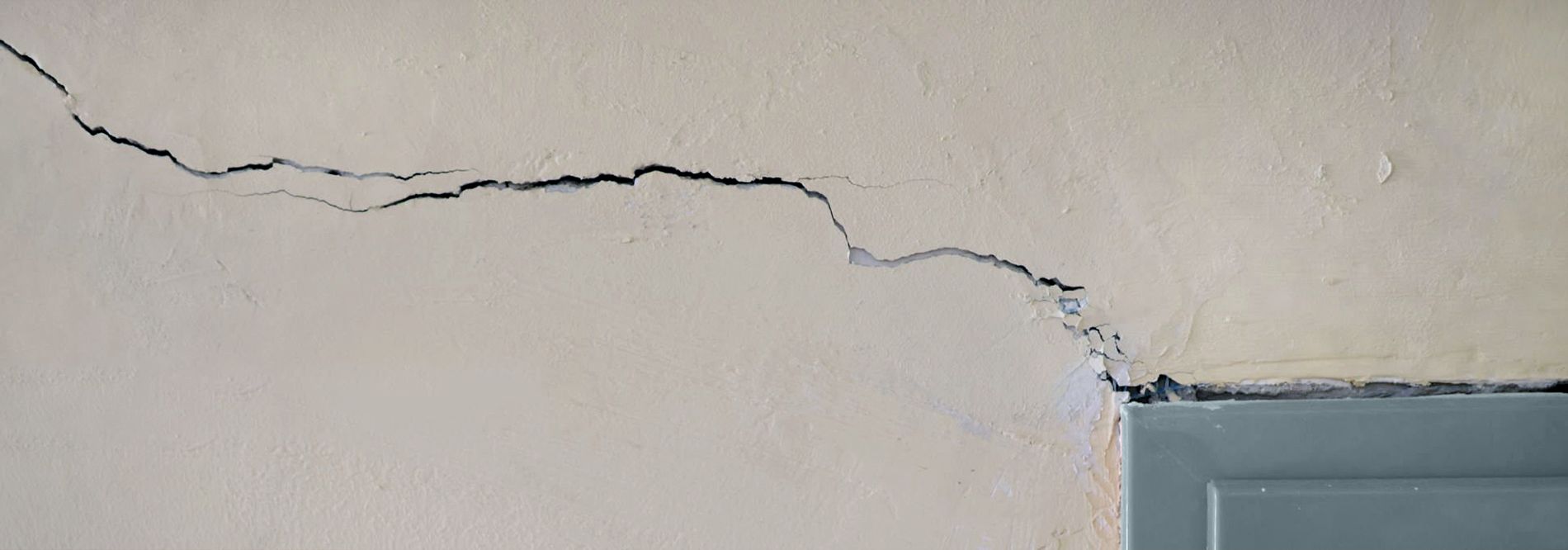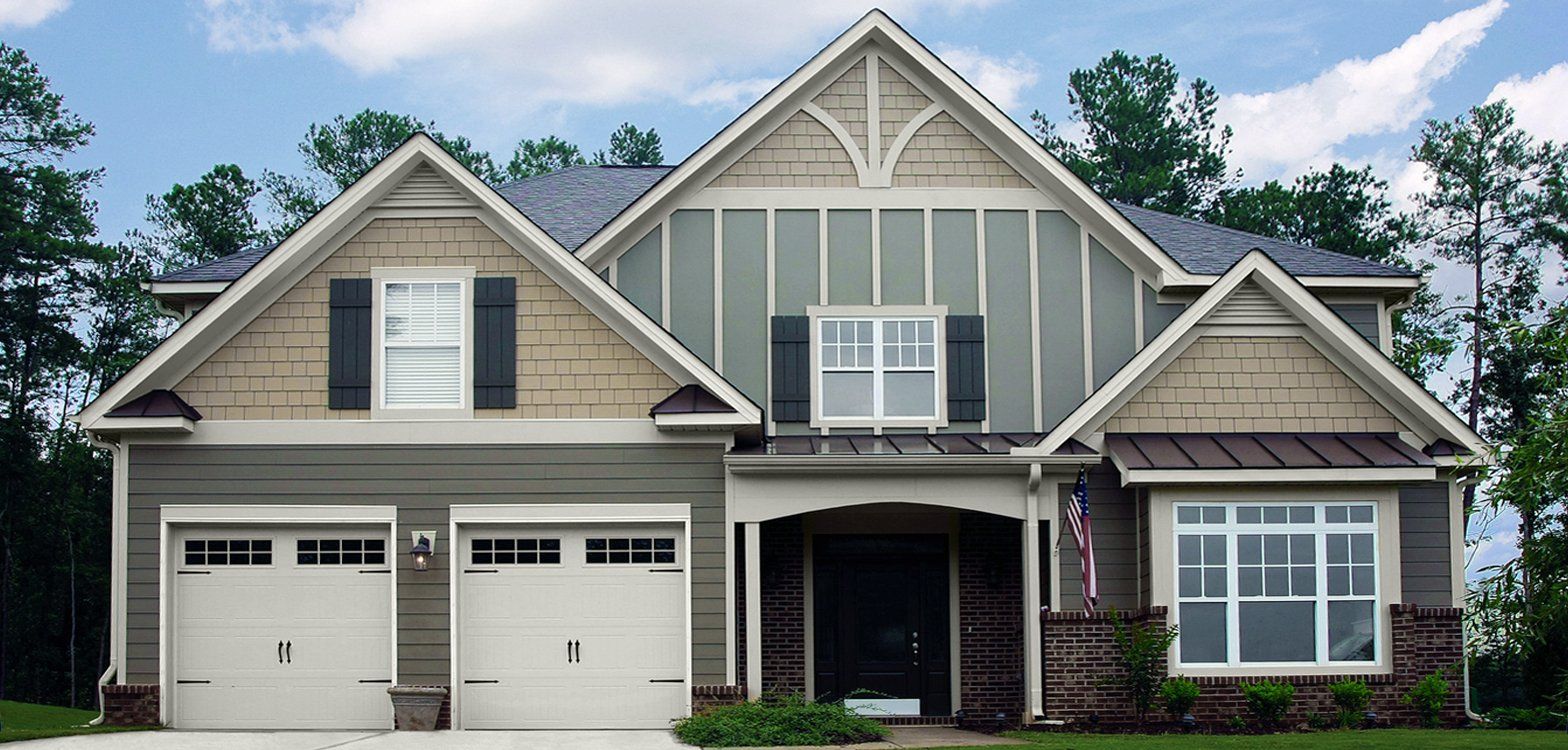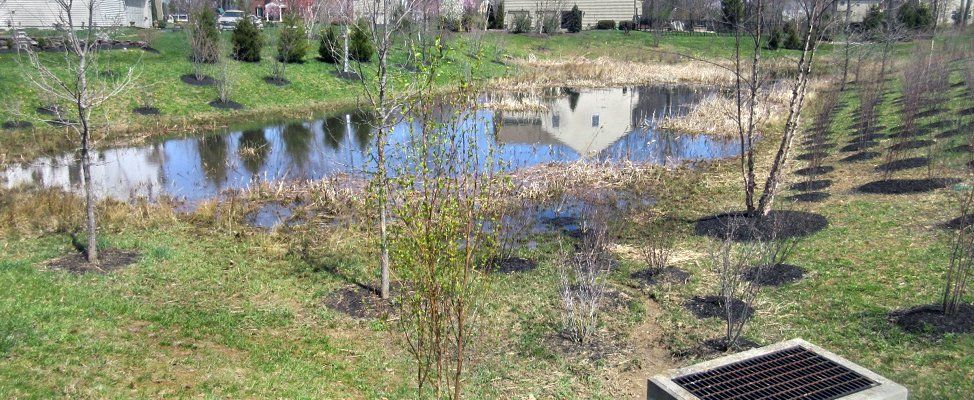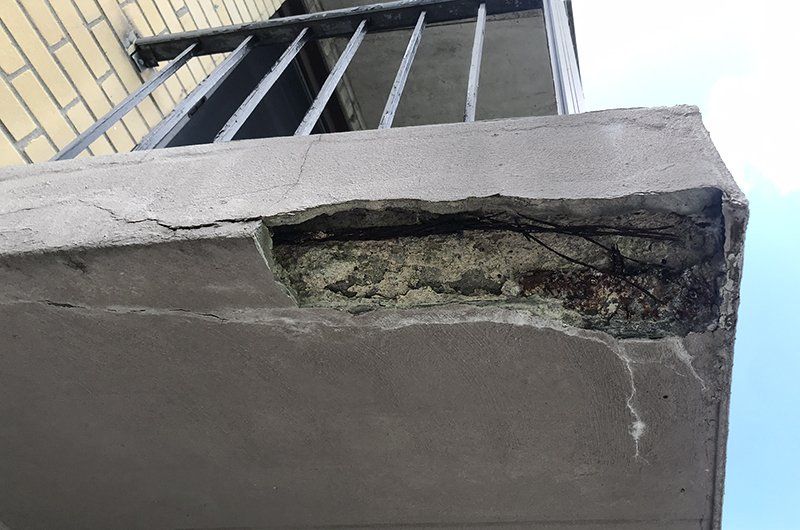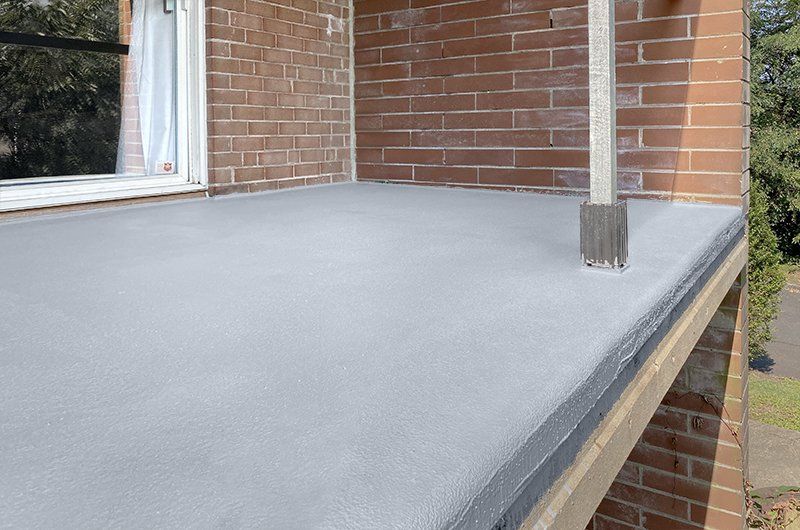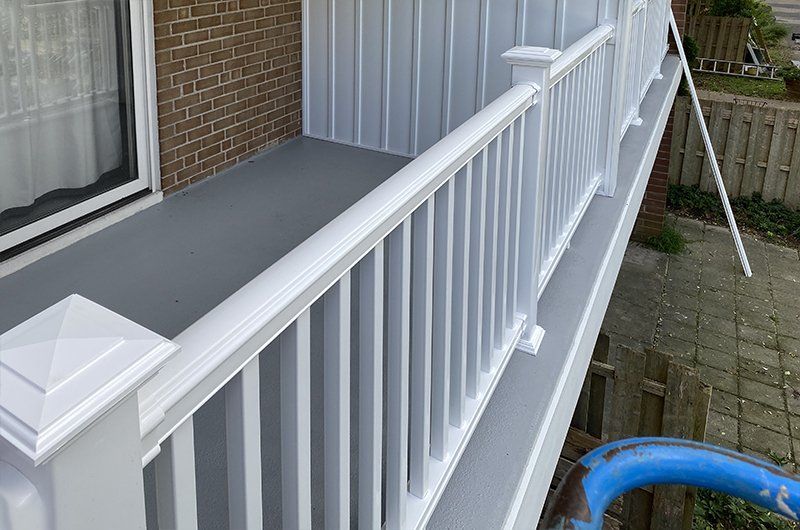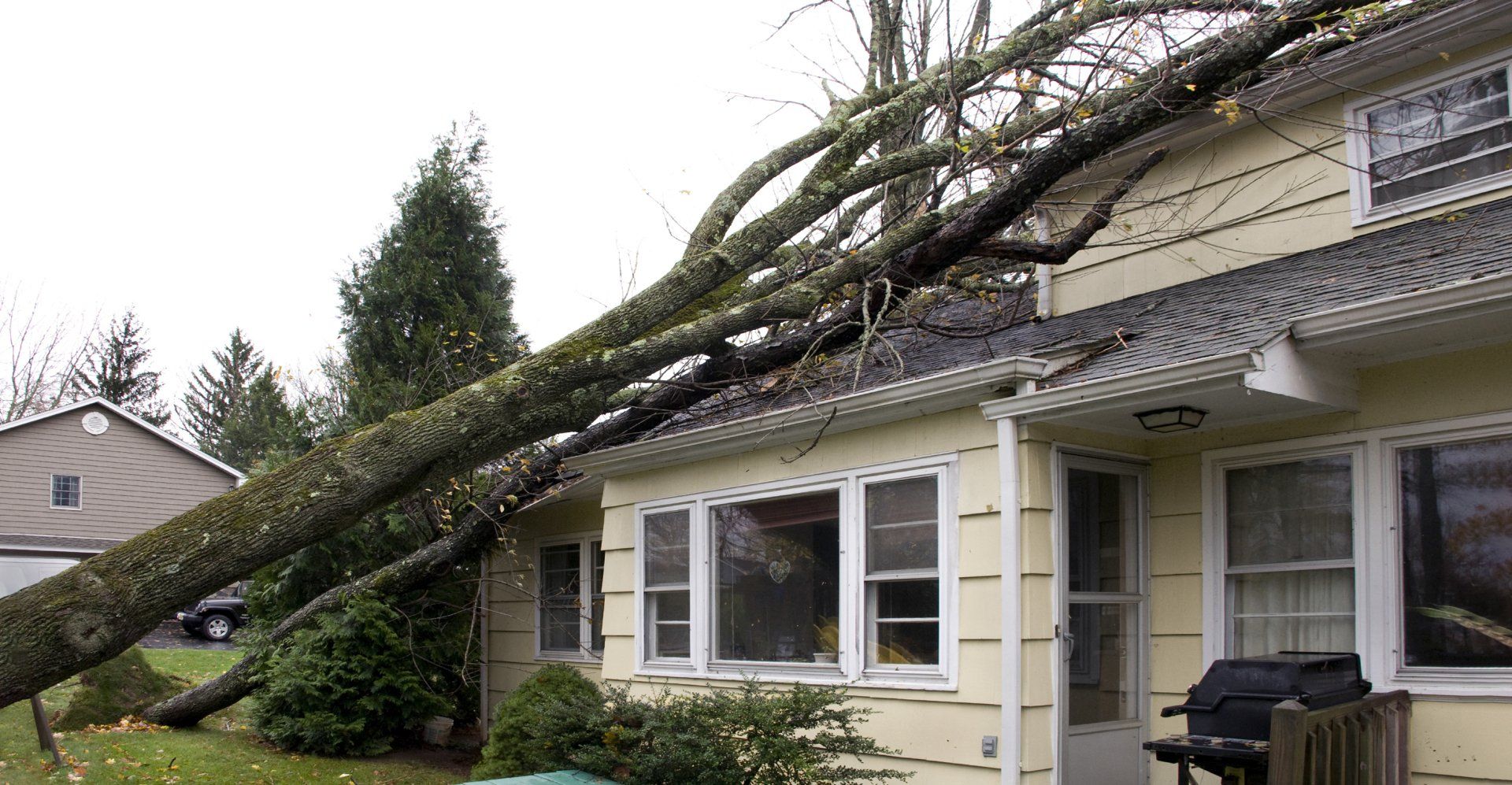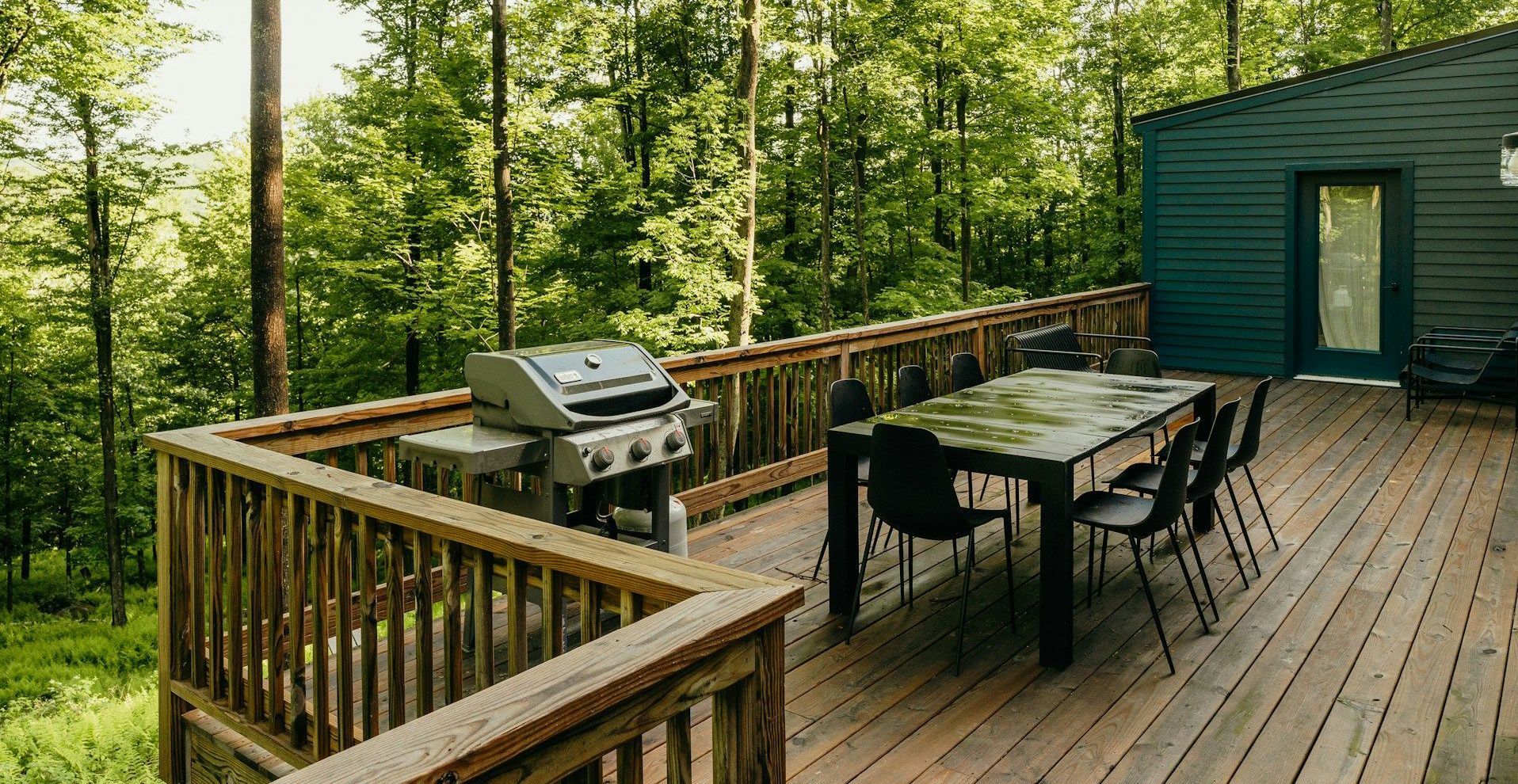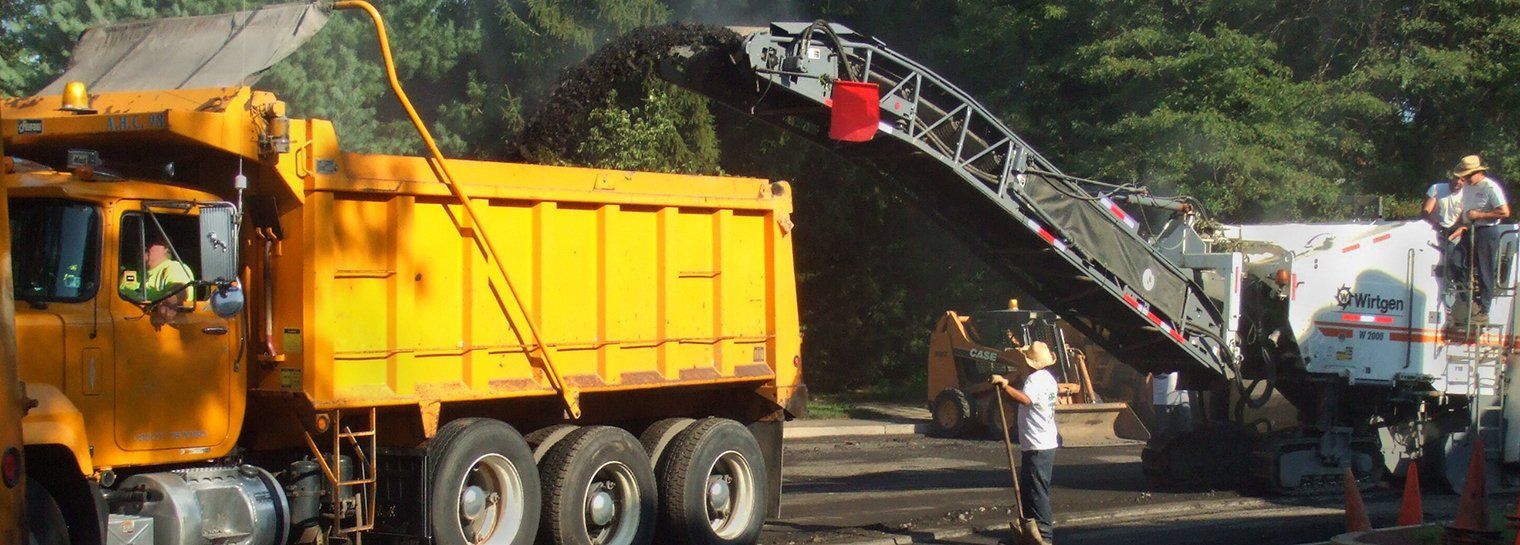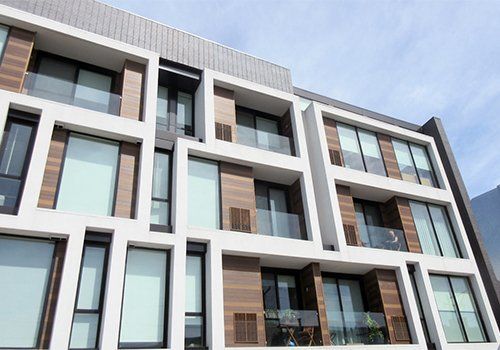Benefits of Waterproofing Your Concrete Balcony
Prolong The Life of the Balcony & Protect Its Structural Integrity
Exterior balconies are an amenity often utilized by homeowners for entertaining or relaxing but are often not given the attention they may need. It is important to continually inspect your concrete balconies as it is a critical structural component and may play a bigger role in the structural integrity of your entire building. Waterproofing concrete balconies can provide a vital role in prolonging the life of your balcony and protecting its structural integrity.
Why is Waterproofing a Concrete Balcony Necessary?
Concrete balconies can be constructed in numerous ways. One main component of concrete balconies is the structural reinforcement which are typically steel rods. These reinforcements provide extra support to the concrete to allow them to span great distances. The steel rods are set in the concrete and when the balcony gets wet, water finds its way through small voids in the concrete and encounters the steel. The steel overtime can become corroded and eventually cause spalling to the concrete and in worse situations, fail.
In addition, due to balconies typically being exposed to natural elements, water trapped in the concrete may freeze, expand, and push on the concrete, creating loose chunks of concrete. Waterproofing the tops and sides of these balconies will prevent water from infiltrating the concrete and rusting the steel or being exposed to cold temperatures and prolong the life of the balcony.
Signs of Damage with Existing Concrete Balcony:
It is important to continually inspect your balcony and even take pictures to compare sizes of cracks and spalls. It is recommended that if you believe there is significant damage to your balcony, contact a qualified structural engineer to inspect it and provide recommendations on repairs, or in some cases, replacement. At Bustamante Engineers, concrete balconies are no strangers to us, and we have worked through numerous rehabilitation projects, big and small.
Typical Signs of Damage to a Balcony:
- Cracking
- Loose Concrete
- Fallen Chunks of Concrete
- Rust Stains
- Other Visual Changes
What is Waterproofing & How is it Installed?
Basically, waterproofing is preventing water intrusion. While concrete may be considered an impermeable material, there are small voids in the concrete that provide a path for the water to meet with the steel or freeze and thaw. To prevent that, a waterproofing membrane can be installed which prevents water from infiltrating the concrete and exposing the steel and inside of the concrete to nature’s unwanted elements. Typical waterproofing systems have multiple steps for installation. Preparation of the existing balcony is required and there is more than one layer to a waterproofing system.
For reference,
Sika® USA is a waterproofing company that provides unique waterproofing products for all components of a home. They are a premier maker of high-performance concrete waterproofing solutions that will repair and protect new or existing balconies while providing an aesthetic finish to compliment your home.
Waterproofing a Concrete Balcony Plays a Vital Role In Safety & Durability
While the focus may be on enjoying the outdoor balcony living space, don’t overlook waterproofing as an integral part of the design and maintenance that allow for structural safety, longevity and worry-free use.
BUSTAMANTE ENGINEERS INC
provides expert professional assistance by offering clear and accurate
structural inspection services and specializes in the
structural design of all elements of the
building envelope.
Click to contact us online or call 215-340-6990 and let us discuss how our Building Envelope Consultation Services may be of assistance to you today!
SHARE CONTENT
Bustamante Blog
